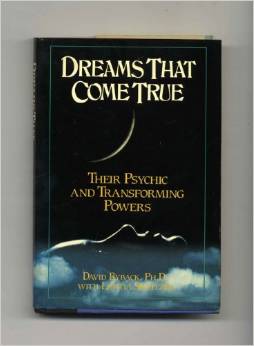Precognitive dreams
Just like other dreams, precognitive dreams (ones that reveal the future in some way) can be symbolic, realistic or some mixture of the two. Most of the time, one only realizes that a dream was precognitive when it "comes true". And most often, they are seen from the point of view of the dreamer in a future time. One has the impression that they are a form of telepathy with one's future self.
Since they have long been associated with other forms of future knowledge like revelations, prophecy and all sorts of future-telling techniques and methods, they have been viewed with skepticism by those who wish to rely on things that can be reproduced in the laboratory (the so-called materialist world view). However, thanks to the experiments carried out by Prof. Daryl Bem (Cornell University) and Dean Radin (Institute of Noetic Sciences), this out-of-hand rejection of precognition may be changing.
In 1927, J. W. Dunne, a British aeronautical engineer, published a book, entitled An Experiment with Time in which he wrote about his own experience with precognitive dreams and the results of a survey he made among university students. He was convinced that everyone has occasional precognitive dreams and sought to prove it. In some ways this was a bombshell that made academic waves. Jung refers to Dunne's book twice, once in his article on Synchronicity (C.W. Vol. 8) and once in what he wrote about the Tibetan Book of the Great Liberation (C.W. Vol. 11). More recent books include the ones by Ryback and Sweitzer ("Dreams that Come True") and P. M. H. Atwater ("Future Memory").
Previous section Next section List of sections List of chapters

